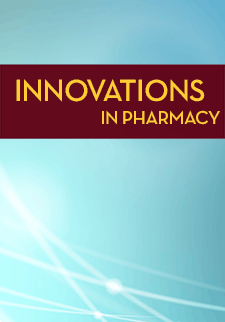Solutions For Atrial Fibrillation Edvocacy (SAFE): Improving Awareness And Access To Afib Screening For Detection And Referral For Treatment
Solutions For Atrial Fibrillation Edvocacy (SAFE)
Jonathan Little
American Pharmacists Association Foundation
Aaron J. Bonham
The University of Michigan
Benjamin M. Bluml
American Pharmacists Association Foundation
DOI: https://doi.org/10.24926/iip.v14i2.5477
Keywords: atrial fibrillation, EKG, Kardiamobile
Abstract
Background: Atrial Fibrillation (Afib) can lead to stroke and heart failure, and early detection of Afib is an effective method of preventing these life-threatening conditions. An estimated 2.7 million Americans are living with Afib1, a number that is expected to rise dramatically in the coming years.
Methods: The aim of this demonstration project was to create an additional access point in the community at local pharmacies for Afib screening, detection, and referral to physicians for follow up and initiation of evidence-based therapy when appropriate. This prospective research study was conducted with 14 community pharmacies across the US, in which a total of 650 patients were screened for Afib. Pharmacists conducted SAFEty Risk Assessments that consisted of completion of a stroke risk scorecard and EKG determination utilizing AliveCor’s KardiaMobile® 6L device.
Results: In 552 (82.5%) of 669 total EKG readings, a “normal” rhythm was detected, and in 117 (17.5%) EKG readings an abnormal detection occurred. A total of 12 out of 650 patients (1.8%) received EKG readings of Afib, which is greater than double the expected prevalence of Afib in the US (0.81%), a statistically significant finding (p < 0.0001). Other notable findings included 42 (6.3%) EKG readings of Wide QRS, and 26 (3.9%) EKG readings of tachycardia. A total of 44 patients were referred to physicians for follow up on their risk for Afib.
Conclusions: Community pharmacies offer a unique, valuable access point for patients to receive Afib screenings. Pharmacists are well positioned to make a significant contribution in the health of their patients and increase the value of team-based health care.



